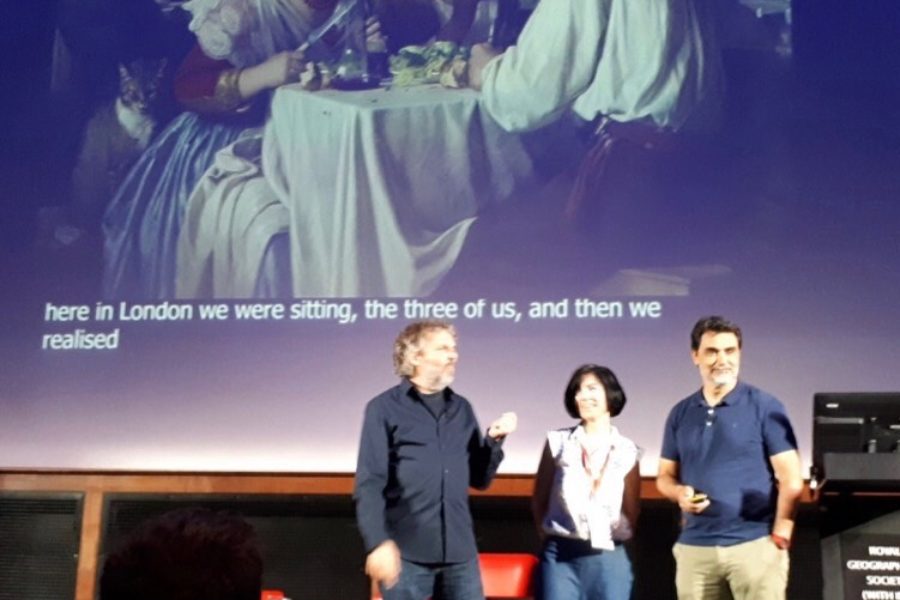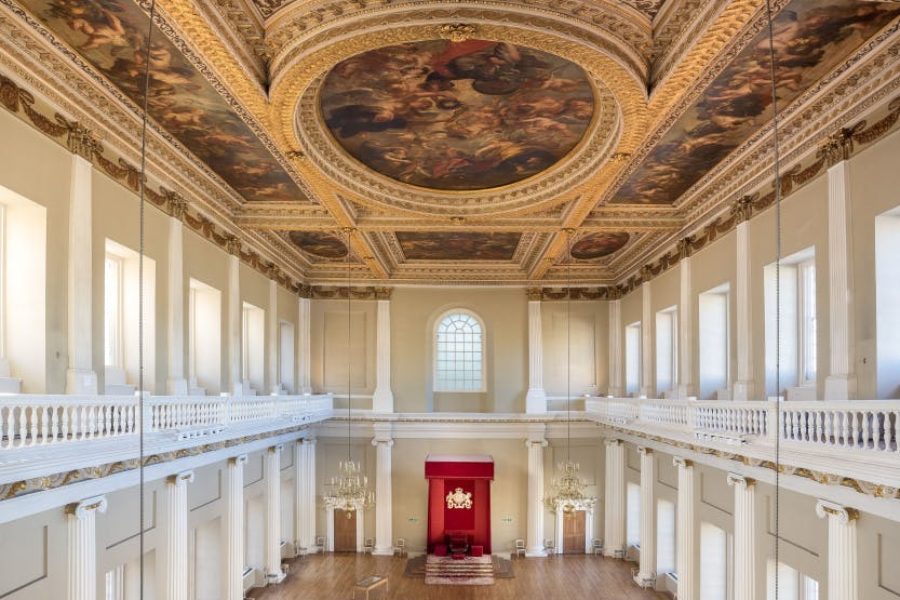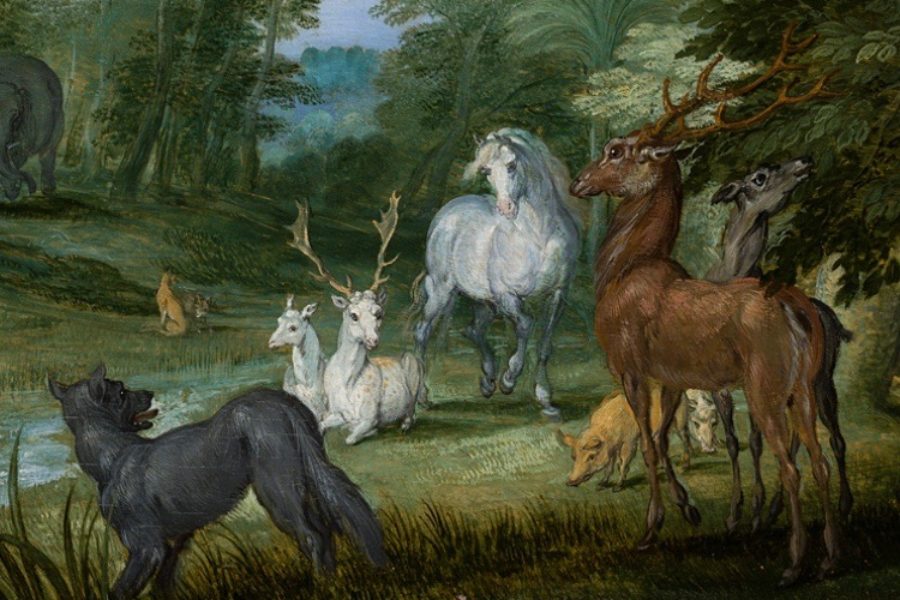In the next weeks, exciting things are to come for Madpixel. We are thrilled to be preparing our Second Canvas exhibition for We Are Museums congress that will take place in Marrakech for 8 to 12 May. In collaboration with Réunion National des Musées – Grand Palais and Institut Français, we are re-visiting works of the French Impressionism movement to see how the closer you get to the work, the more innovative it becomes. The exhibition, under the title of Living at the speed of light. Impressionist instants towards abstraction will remain open from May 8 to 12 at the Riad Denise Masson, Institut Français, Marrakech, Morocco. The We Are Museum attendees and the citizens of Marrakech that come to visit the exhibition, will be able to enjoy in close detail and fresh storytelling the Impressionist masters and mistress such as Monet, Renoir, Cassat, Morrisot, Degas among others.
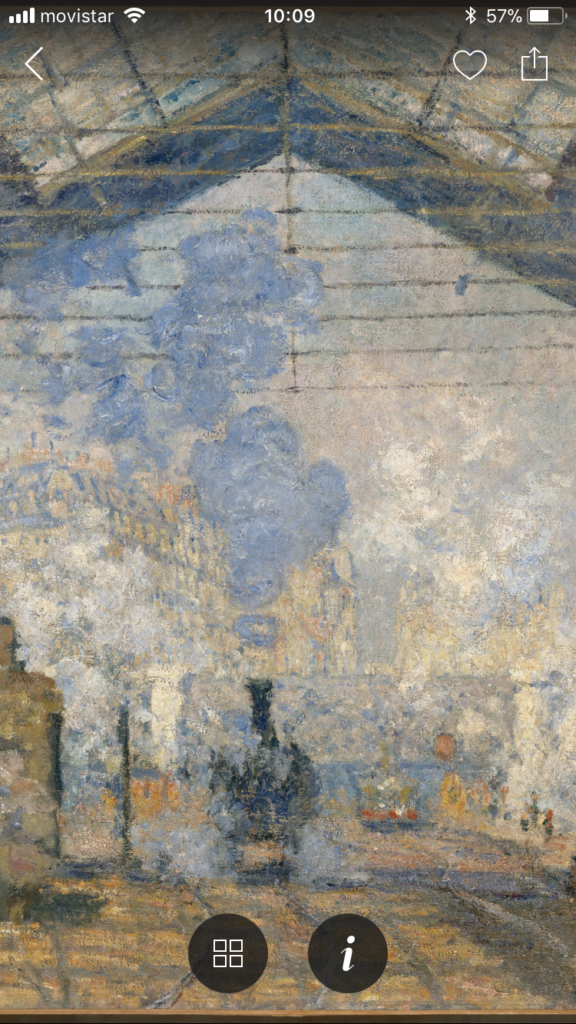
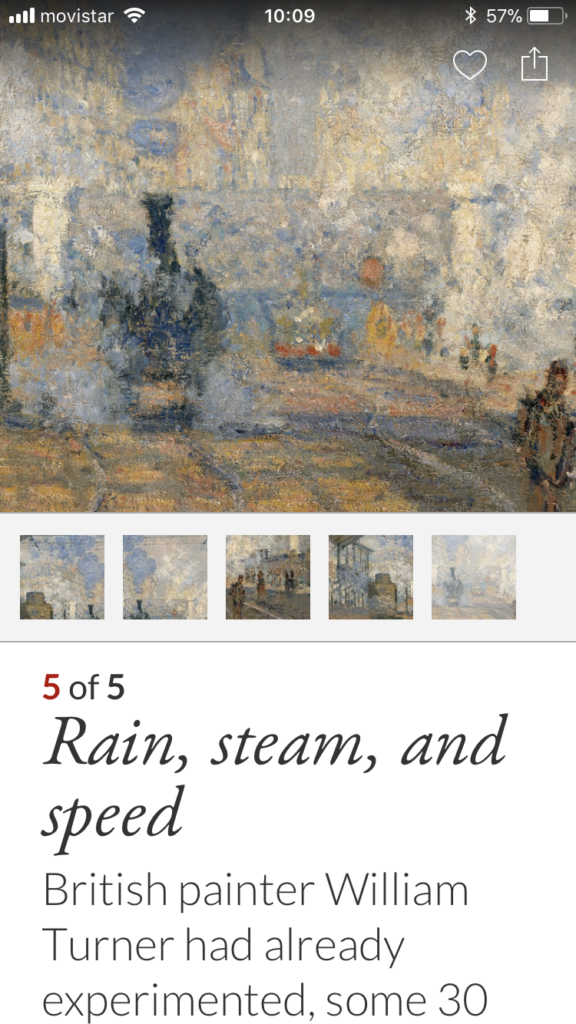
Since I jumped into the Second Canvas project, in December 2017, it’s been a constant exercise for me to reflect on the aesthetics of the project. Actually, not just the project understood as a bunch of things that are happening and need to be coordinated, but the tool itself. I felt the need to step back and reflect on the nature of what can be done with Second Canvas.
I’m far to believe that I came to any final conclusion, but what is for sure is that it’s been an interesting exercise and a challenge to write about it. So here it is: a snapshot of my current thought on Second Canvas as a tool for the age of the mechanical reproduction of the work of art. With kind permission of my sources.
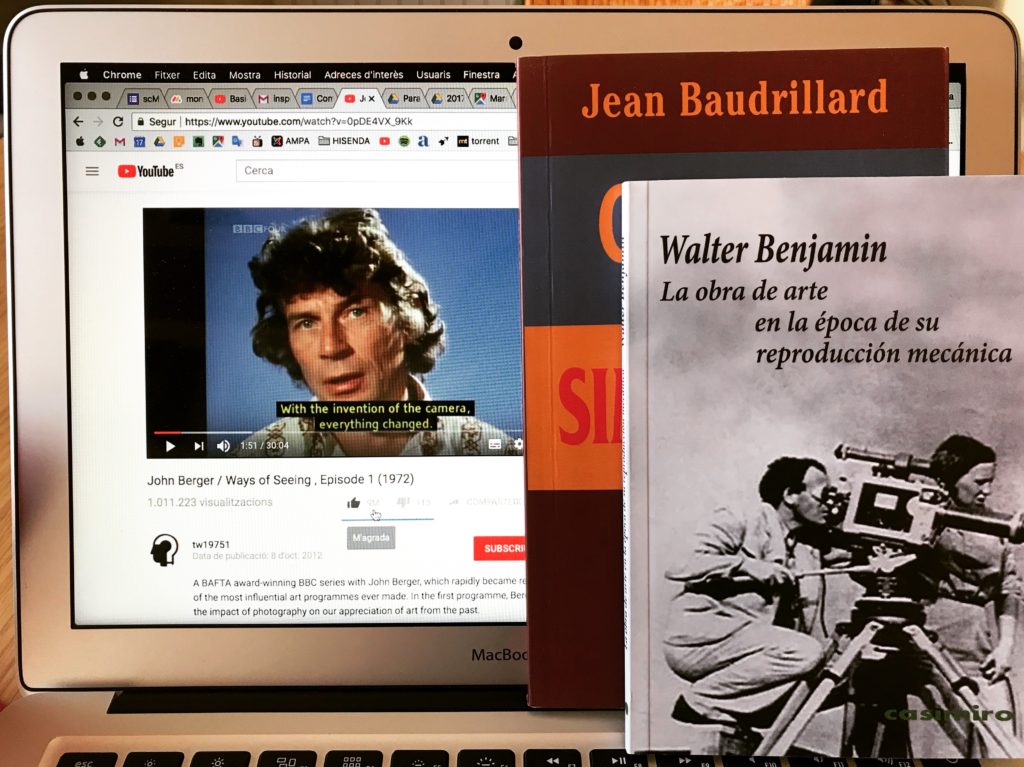
The format
The technological advances at the turn of the twentieth century in Europe shook up the way the world was understood and depicted. Artists plunged into this vortex of progress and vital euphoria. Photography and moving image played a crucial role in the way reality was represented, not only for artists but also for those who look at works of art. This means us. You. The reach of these changes continues to be felt even until the very moment in which you are reading this text, probably near the exhibition where Second Canvas is being presented.
Are there new ways of seeing masterpieces that have become so familiar? Can there be an approach that provides complementary value to the aesthetic experience of contemplating a work of art? Is it possible to resituate the work into its original context?
The process of seeing a painting, or seeing anything else, is less spontaneous and natural than we tend to believe. For instance, pictorial representation is based on a series of conventions such as perspective, brushstroke technique, chromatic scales, elements that help transmit the fleeting moments the impressionists strove to capture, just as the photographic camera began to do at that same time.
Even though maybe we didn’t notice, the invention of the camera changed not only what we see, but how we see it. Most of the time, our relationship with art is actually with the image of it. The painting on the wall, like human eyes, can only be in one place at one time. But the camera can reproduce the painting, creates images, making it available in any size, any place and for any purpose: an art book, a postcard, a tote bag, a website and, circling back to the beginning, the traditional museum format: the exhibition.
Second Canvas has its roots in this paradigm shift, in which the notion of reality versus simulation has vanished. Either everything is real or nothing is.
Sònia López
Second Canvas Operations Officer
sonia at madpixel.es
Related Posts
